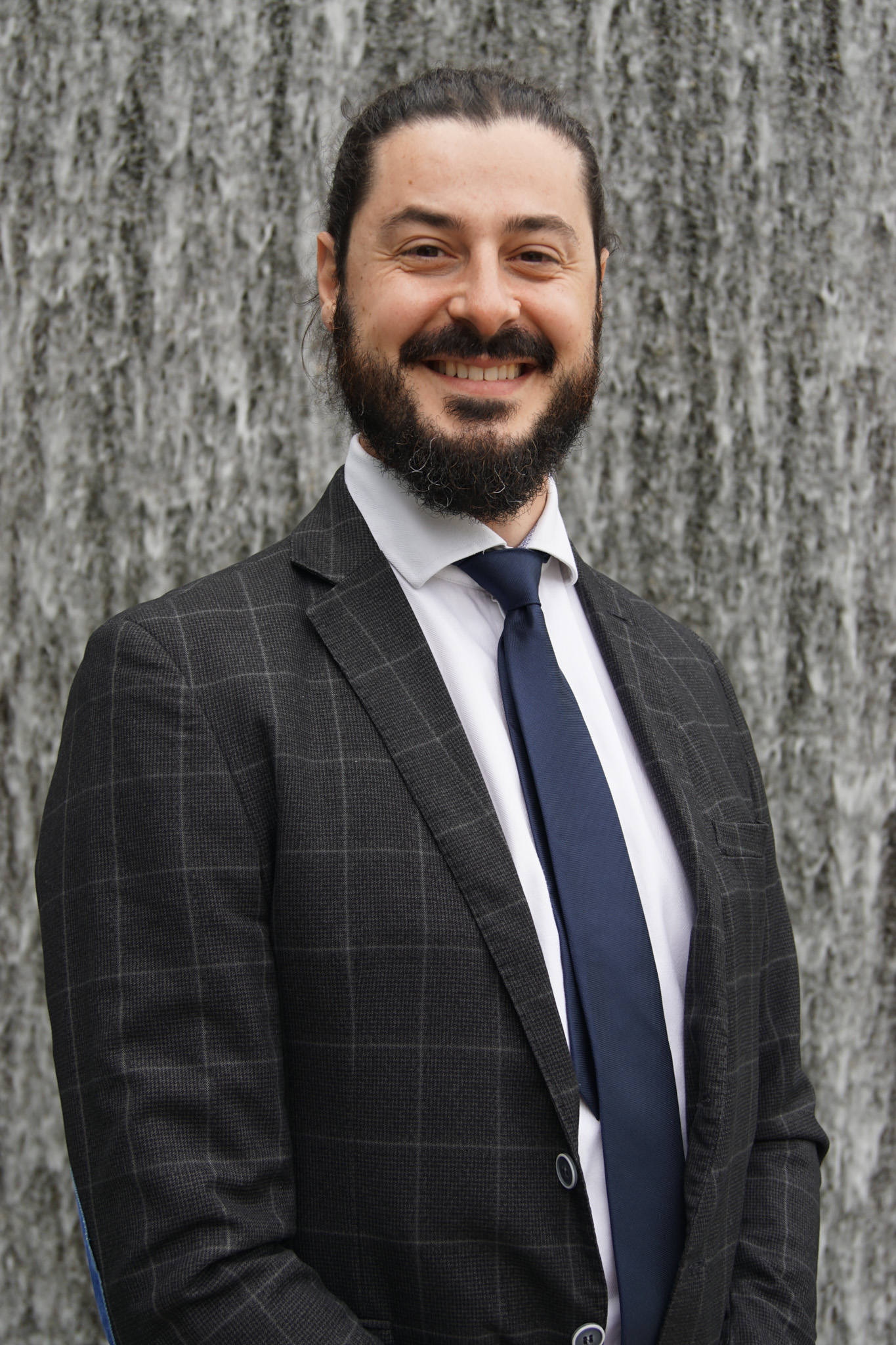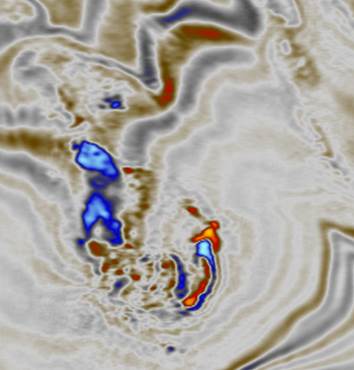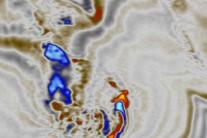On August 8th, two of our Geosciences graduate students, Ujjwal Kharel and Hamza Rehman, had an amazing opportunity
Board of Regents Grant Awarded to Davide Oppo
Mon, 05/15/2023 - 11:51am
Davide Oppo of our School of Geosciences has been awarded a Board of Regents grant in the amount of $150,140. The grant period is from 06/01/2023 through 05/30/2026. The title of the grant is Advanced time-lapse seismic characterization of a methane hydrate-bearing system.

Concentrations of methane, a potent climate-active atmospheric greenhouse gas, are increasing rapidly, with substantial implications for Earth's radiative heat balance. A vast amount of methane is trapped offshore in ice-like crystals called hydrates. Hydrates are often associated with the escape of free methane at cold seeps. Cold seep-hydrate systems are dynamic offshore settings highly susceptible to external perturbations such as temperature increase. Understanding how they operate through time and space is essential in evaluating their implications for seafloor hazards, the surrounding environment, the global climate, and as a potential energy source.
The dissociation of methane hydrates, and subsequent gas seepage from the seafloor, are critical components of the oceanic carbon budget. Methane seep-hydrate systems are dynamic and highly susceptible to external environmental perturbations. Understanding how cold seep-hydrate systems operate through time and space is essential in evaluating their implications for seafloor hazards, fluid migration in the shallow subsurface, and ocean biogeochemistry.
In this project, we will perform the first quantitative, multi-temporal time-lapse seismic analysis (4D seismic) of a cold seep-hydrate system over a window of 20 years (1990-2010) to investigate the dynamics of gas hydrate formation and dissociation in the Woolsey Mound system (Gulf of Mexico). This study will provide a better understanding of the natural process promoting methane hydrate destabilization and hydrocarbon escape from the seafloor, including a detailed reconstruction of the fluids plumbing system in the shallow subsurface. Furthermore, this project will generate preliminary information to characterize the development and evolution of systems bearing gas hydrates and their response to perturbations over a time window comparable to human-scale processes.
Photo caption: Horizontal slice of a 3D seismic reflection cube showing the accumulation of methane gas (bright blue and red areas) a few hundred meters below the seafloor of the deep-sea Gulf of Mexico.

